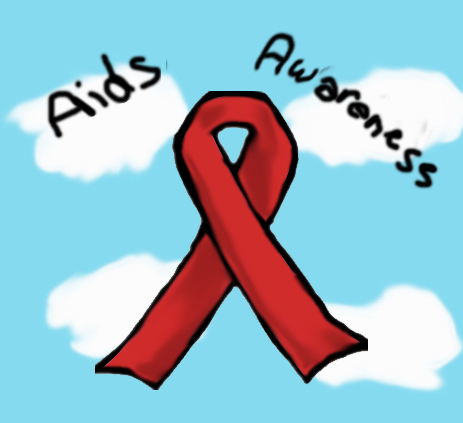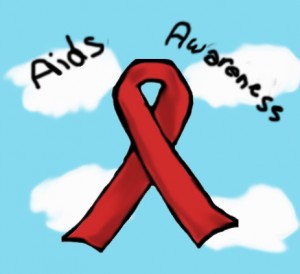Panelists address HIV/AIDS stigmas


In 1988, Jack Marengere was given five years to live. He had tested positive for HIV.
On Monday, Marengere spoke on a panel at Wilfrid Laurier University to students and community members about his experiences with HIV/AIDS as part of AIDS Awareness Week.
Panelists emphasized that while the disease has become more manageable with improvements in medications, it is still a large problem.
“It’s not a death sentence anymore. And we don’t hear the deaths anymore, because people aren’t dying from AIDS, people are dying from HIV complications,” said Marengere, emphasizing the need to discuss the side effects of HIV medications.
Russell Carson, a panelist, said that he has suffered seven heart attacks in the past six years as a result of the medication he has to take.
“Ten years ago, my funeral was more important than my retirement fund … And now I’m living. Oops!”
He continued, “We have the meds so that we can fight the disease and live longer … but you don’t want to go there. The meds, even though they are prolonging our lives, are causing problems.”
The panel discussion followed a documentary screening of How to Survive a Plague, a film about the early years of the AIDS epidemic. The event was brought to the university by the AIDS Committee of Cambridge, Kitchener, Waterloo and Area (ACCKWA), in conjunction with the Rainbow Centre and the WLU Film Society.
“It was very, very impactful and I think it was very necessary to have this film shown in conjunction with ACCKWA … to create such an awareness about the historical context of what happened and who should be credited for what,” said Ethan Jackson, one of the Rainbow Centre organizers.
While there are no other events being hosted at the university for the week, there are a number of events happening in the community that are open to anyone and that the Rainbow Centre will be represented at.
One of the topics explored in the documentary was the stigma against the disease, another area that has shifted since it entered the public consciousness, but still poses difficulties.
When Carson was first diagnosed, HIV was known as ‘the gay man’s disease’ or GRID — gay-related infectious disease.
“A lot of drug users fell in the cracks,” said Marengere, who was an intravenous drug user.
He added, “There were straight people that were getting infected too and it wasn’t mentioned.”
Ryan Nagy, a third panelist, who was diagnosed in 2008, said that while he was able to tell his family, different cultural groups may have higher stigmas against the disease.
“We live with it. We deal with stigma, ridicule, rejection and isolation … It’s tough sometimes,” he said.
All three panelists emphasized the importance of education and awareness to tackle stigmas.
“We’re still at that stage where we’re whispering HIV and it’s alright to yell it out,” said Carson.
Jackson, reflecting on the event, believes it is important to bring AIDS awareness to campus because sexually active students can be considered an at-risk demographic.
“Not saying what we’re doing is wrong, but we need to be careful, we need to be preventative in what we do,” he said.
“So I think it’s absolutely necessary to have something like this on campus and try and engage the students, because it’s not just about out there, in the community; it hits home.”
World AIDS Day is on Dec. 1.


